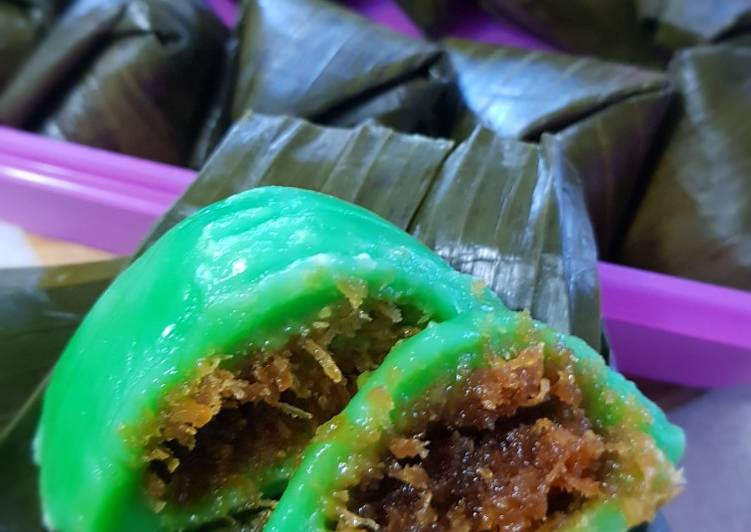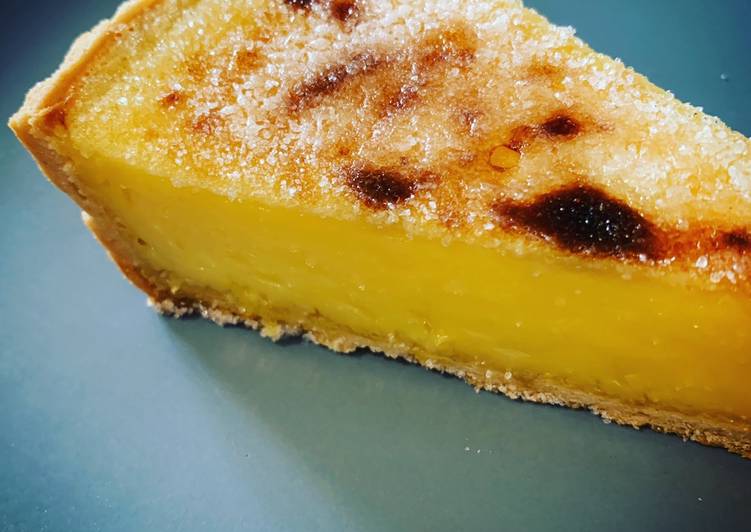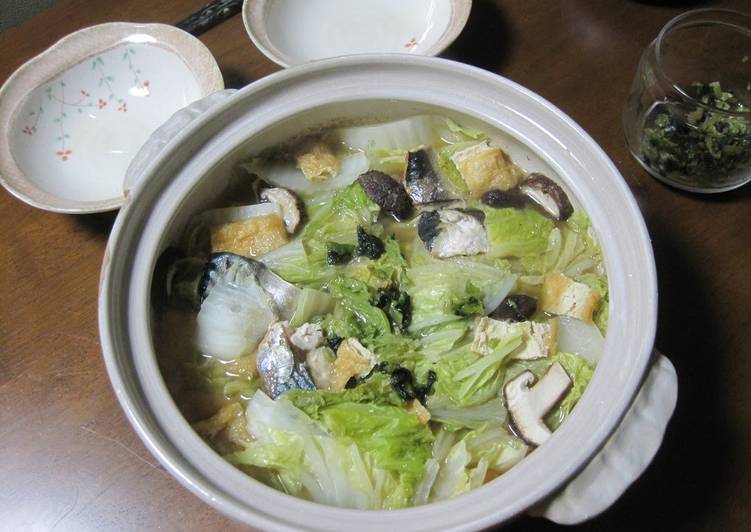
Hey everyone, it is me again, Dan, welcome to my recipe site. Today, I will show you a way to prepare a special dish, kue bugis/ kue mendut / kue lapet. It is one of my favorites food recipes. This time, I’m gonna make it a little bit tasty. This will be really delicious.
KUE BUGIS/ KUE MENDUT / KUE LAPET is one of the most favored of current trending meals on earth. It’s simple, it is quick, it tastes yummy. It is enjoyed by millions daily. They are fine and they look fantastic. KUE BUGIS/ KUE MENDUT / KUE LAPET is something which I have loved my entire life.
Hi sahabat tercinta kali ini saya membuat Kue Lapet/Kue koci/Kue mendut/ Kue bugis. Enak banget rasanya dicoba ya #kuelapetketan #joyceratnawati. Kue bugis is Indonesian kue or traditional snack of soft glutinous rice flour cake, filled with sweet grated coconut. The name is suggested to be related to Bugis ethnic group of South Sulawesi as their traditional delicacy, and it is originated from Makassar.
To begin with this recipe, we have to prepare a few ingredients. You can have kue bugis/ kue mendut / kue lapet using 14 ingredients and 4 steps. Here is how you can achieve it.
The ingredients needed to make KUE BUGIS/ KUE MENDUT / KUE LAPET:
- Take For the Dough:
- Make ready 500 grams white glutinous rice flour
- Get 350 ml thick coconut milk
- Prepare 2 tablespoon white sugar
- Get 1/2 tablespoon salt
- Prepare 4 tablespoons cooking oil
- Make ready 3 drops food coloring grean (Pandanus Paste)
- Take Banana leaves enough to wrap
- Take For the Filling (Untie):
- Take 500 grams grated coconut
- Prepare 350 gram brown sugar (palm sugar)
- Make ready 250 ml boiled water
- Make ready 5 tablespoons granulated sugar (can be adjusted according taste)
- Make ready 1 tablespoon salt or to taste
Orang Batak juga punya camilan yang mirip kue Bugis, dan dinamakan kue lapet. Buat yang tinggal di Jakara, biasanya saat kangen kue lapet akan mendatangi Pasar Senen. Meski mirip dengan kue mendut di Jawa, kue ini dipercaya berasal dari sulawesi selatan atau daerah di mana suku bugis berasal, sesuai dengan namanya. Kue berbahan dasar ketan dengan isian unti kelapa manis ini adalah jajanan pasar yang mudah ditemukan.
Steps to make KUE BUGIS/ KUE MENDUT / KUE LAPET:
- To make Filling/ Untie : Cook all ingredients untie, brown sugar, pandan leaves until boiling. After boiling, add grated coconut and stir until smooth, then cook until thick and and little bit dry. Turn off the heat then let it cool.
- For the Dough: In the bowl, mix the sticky rice, sugar, and salt, stir well. - Pour coconut milk, cooking oil, and pandanus paste (food coloring) little by little, then stir the mixture until the mixture is smooth but not mushy. - Take a banana leaf, then give the sticky rice in the middle and round. Punch banana leaves, then give a circle Untie Coconut.
- Fold the end of the leaf that is not conical toward the front, then pull the leaf forward into a cone. Do the same for the right and left side of the leaf, until the conical lock is conical. Repeat until all the dough is used. - Heat the steam / pan. Steamed cake until cooked and banana leaves turn brownish. Lift.
- Serve dor your afternoon tea or coffee, or for gathering with friends.
Meski mirip dengan kue mendut di Jawa, kue ini dipercaya berasal dari sulawesi selatan atau daerah di mana suku bugis berasal, sesuai dengan namanya. Kue berbahan dasar ketan dengan isian unti kelapa manis ini adalah jajanan pasar yang mudah ditemukan. Kue bugis is Indonesian kue or traditional snack of soft glutinous rice flour cake, filled with sweet grated coconut. The name is suggested to be related to Bugis ethnic group of South Sulawesi as their traditional delicacy, and it is originated from Makassar. Kue Bugis, awalnya saya mengira ini kue khas masyarakat Bugis.
So that is going to wrap it up for this special food kue bugis/ kue mendut / kue lapet recipe. Thanks so much for your time. I’m confident you will make this at home. There is gonna be interesting food at home recipes coming up. Remember to bookmark this page in your browser, and share it to your loved ones, friends and colleague. Thanks again for reading. Go on get cooking!

